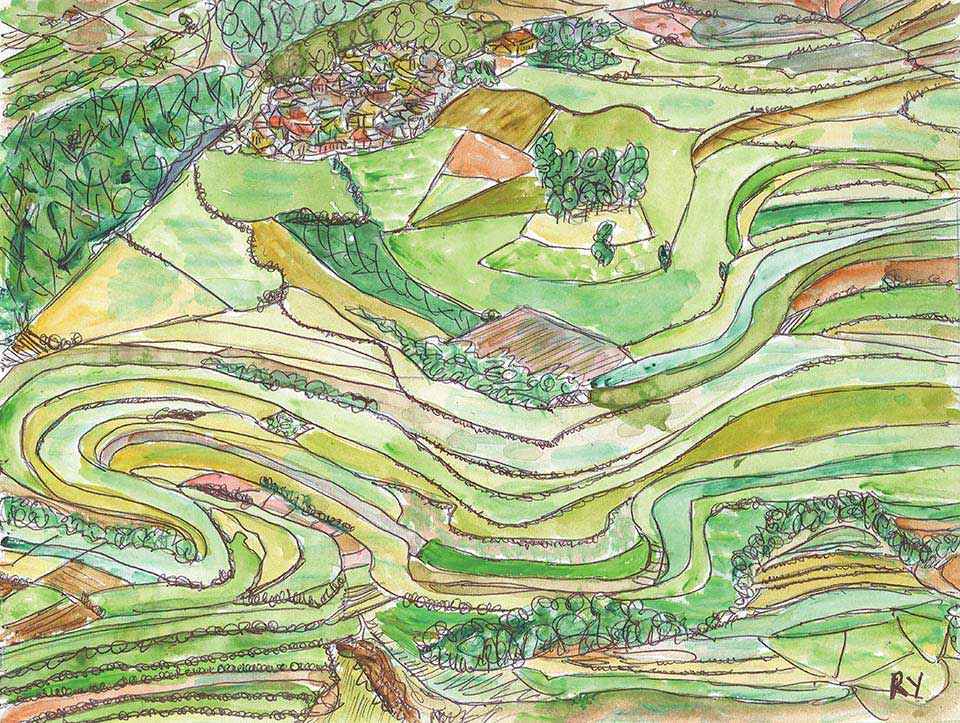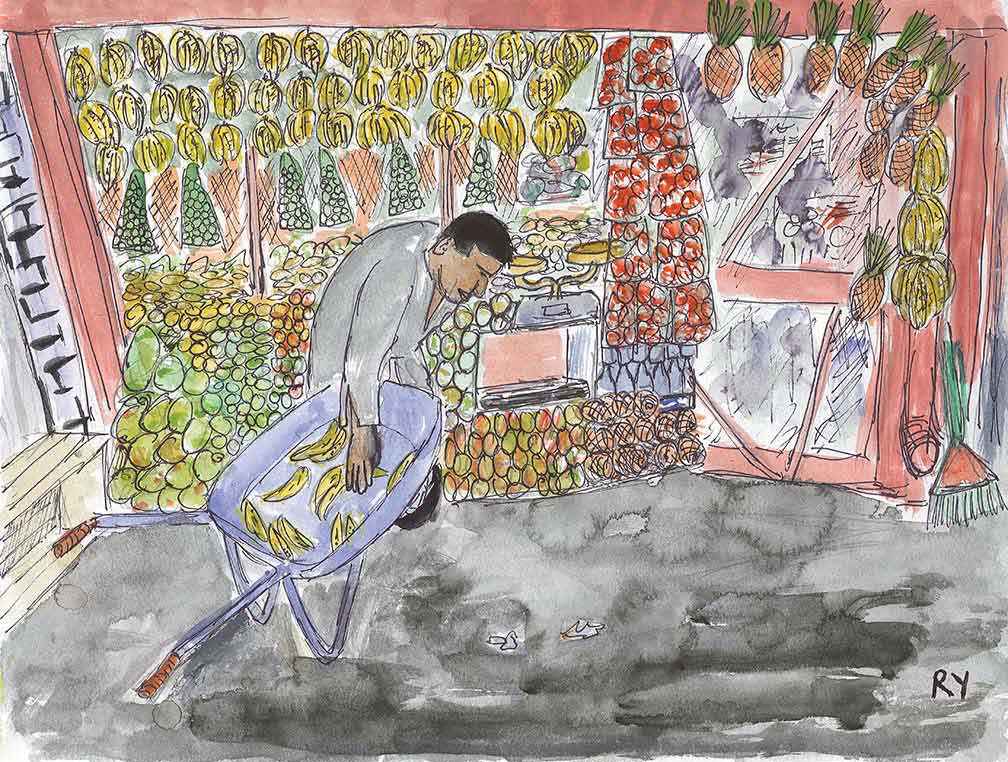Victorian Landcare Magazine - Spring 2016, Issue 67

Numerous rural environmental initiatives, both technical and community-based, appeared between 1970 and the launch of Landcare in 1986, raising awareness and spurring action. The Australian Forest Development Institute fostered small-scale commercial tree growing. Innovative journalist-publisher Geoff Wilson promoted New Zealand-style agroforestry with poplars and radiata pine. A Forests Commission loan scheme supported small pine plantations.
Victorian Premier Dick Hamer and his departmental head John Jack formed the Garden State Committee, which included much-loved television gardener Kevin Heinze, Professor Carrick Chambers and some leading farmers.
John Jack interested his fellow foresters in tree decline, flagged landscape protection along the Hume Highway and launched Project Treecover, replanting several prominent sites. Trust for Nature and a statewide Roadsides Conservation Committee were underway. Salinity was being researched and Albury-Wodonga planted its urban forests.
In Maryborough Terry and Fay White conceived community action to ‘halt the salt’, and Loddon’s Project Branchout emerged, probably Australia’s first practical regional revegetation group. Meanwhile the Soil Conservation Authority and staff from the Vermin and Noxious Weeds Destruction Board ran local community projects and committees to help meet their charters.
"On 25 November 1986, when Joan Kirner launched Winjallok Landcare Group on Terry Simpson’s property ‘Stricta Hill’, nobody could have visualised how the movement would grow and how well it would serve us technically, administratively, socially, politically and spiritually."
In 1980 Melbourne’s fruitful Focus on Farm Trees conference brought many together, including Nan Oates, Peter Langley, Rob Davidson, Peter Greig and creative landowners Sue Campbell, Richard Jamieson, John Fenton and Bill Twigg. It spawned the Forests Commission’s Tree Growing Assistance Scheme – the forerunner of Conservation Volunteers Australia – and several independently minded farm tree groups across Victoria,
several of which are still in operation.
Land for Wildlife started in 1981 and ecosystem projects were underway at Tower Hill and the Organ Pipes. In 1982 the United Nations Association’s Year of the Tree led to the NSW nursery industry creating Greening Australia. Richard Weatherly, David Debenham and others started experimental direct-seeding. The Salinity Bureau opened in Victoria with a community focus, and urban forestry advocate John French expounded his ideas.
Awareness of tree decline grew with New Englanders declaring it a regional problem, attracting ABC television coverage. In Tasmania commercial tree growing including blackwood and shining gum, was increasing on farms. CSIRO agroforestry researchers collaborated with several state departments.
Western Australia developed its Land Conservation District Committees system, and began to attack the massive salinity problems in its wheat belt. Alcoa assisted generously both in WA and Victoria. A rainforest restoration movement grew in northern NSW.
Starting in Victoria, interest in indigenous vegetation germinated. Tree-growing landowners talked to field naturalists, recalling the abundant wildflowers of their childhood and rejecting species selection from standard nursery lists. New literature emerged on trees and soil conservation philosophy, especially from Nan Oates, Geoff Wilson and Brian Roberts. Government reports revealed the degraded state of our rivers.
In 1984 the Black Range-Dundas Corridor Group formed to link blocks of major public land across five farms north of Hamilton. Warrenbayne Boho Land Protection Group near Benalla blossomed and successfully lobbied to increase spending on land restoration.
The Garden State Committee attracted major funding from the Ian Potter Foundation to re-engineer fifteen farms around Hamilton with re-fencing, pasture improvement, revegetation, laneways, better water and shelter management and community involvement. John Fenton’s property ‘Lanark’ was an exemplar. The emergent Potter Farmland Plan – eventually attracting hundreds of visitors, plus international attention – showed us what was possible.
Victoria’s six land management agencies had generally worked separately, but were co-operating, thanks to the Land Conservation Council, Ministry for Conservation and Garden State Committee. Then the State Government Department of Conservation, Forests and Lands was formed and its second minister, Joan Kirner, a long-time state schools’ activist, personified community involvement. Minister Kirner wanted a multi-disciplinary community-based land management program. Horrie Poussard, Dennis Cahill, and Joan Kirner herself, supported by VFF president Heather Mitchell, came up with Landcare.
On 25 November 1986, when Joan Kirner launched Winjallok Landcare Group on Terry Simpson’s property ‘Stricta Hill’, nobody could have visualised how the movement would grow and how well it would serve us technically, administratively, socially, politically and spiritually.

Above: Local markets supply most African communities – a current Australian Centre for International Agricultural Research Landcare project in Nairobi, Kenya, seeks to improve supply chains from farmers to shopkeepers. Illustration by Rob Youl.
Landcare went national in late 1989 and then it leapt the country and headed overseas. It flourishes in Iceland where it was initiated after a visit from Andrew Campbell in 1993. In 1994 visiting New Zealanders repatriated the idea to their rabbit-plagued South Island. In 1997 Sue Marriott and colleagues brought 12 South Africans to southern Australia. This led to the launch of Landcare in the Republic of South Africa and the concept spreading across East Africa.
After Horrie Poussard met Denis Garrity from the World Agroforestry Center, the Philippines came next. There are also many small projects elsewhere including the Pacific, Sri Lanka and Indonesia. We have hopes that Landcare will expand into Japan and the Caribbean.
Why has Landcare reached so far? Because it is multi-disciplinary, democratic, flexible, non-hierarchical, honest, bipartisan and respectful. Groups gather into efficient networks capable of managing major projects. Landcare devolves responsibility, enhances community solidarity, attracts youth and artists, cleverly employs co-ordinators, encourages planning and effective partnerships, and attracts government and corporate funding – just what our climate-challenged Earth needs!